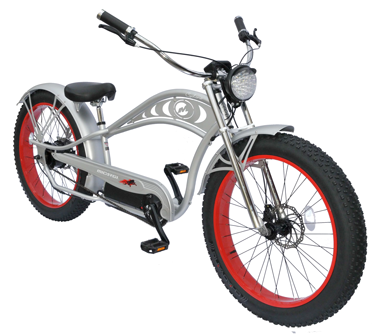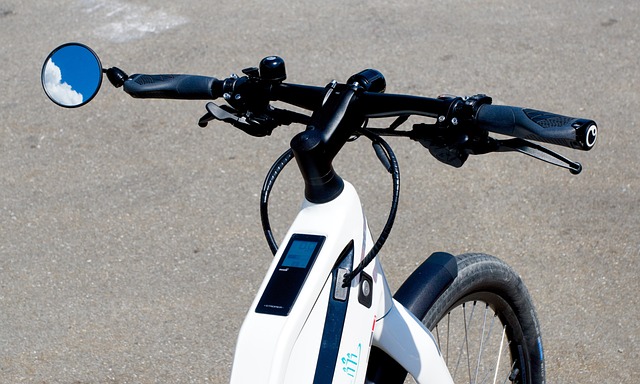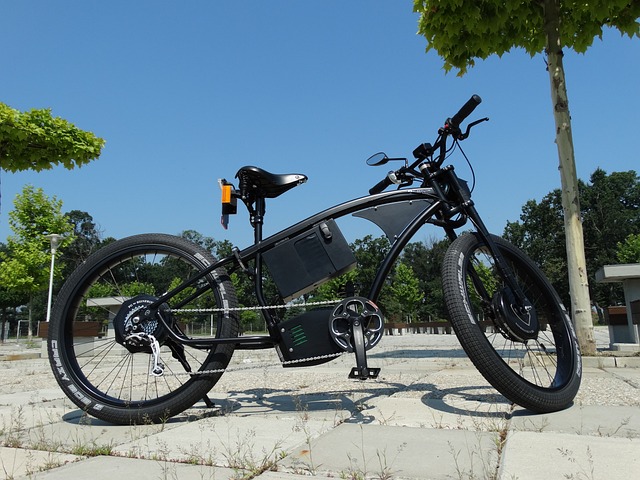Buying an Electric Bike
What to Take into Consideration…
Buying an electric bike can be an exciting venture, but with the myriad of options available, it can also seem overwhelming.
When considering your purchase, you’ll want to think about a variety of factors to ensure you get the right e-bike for your needs and preferences.
Here’s a rundown of key points to consider:
Types of Electric Bikes
There are different styles of electric bicycles designed for various activities – from mountain biking and road cycling to commuting or casual riding.
When buying an electric bike, your first step is identifying the type of riding you’ll be doing most.
For all the different styles of electric bicycles – check out our page here.
Motor Location
E-bike motors are typically located in one of two places: the hub (rear or front) or the mid-drive (center).
Hub motors tend to be quieter and can be less expensive, while mid-drive motors offer better balance and can provide more torque.
Battery
The battery is one of the most critical components of an e-bike.
Consider its capacity (measured in Wh), which determines the range, or how far you can ride on a single charge.
Also, check if the battery is removable, which can make charging more convenient.
Pedal Assist vs. Throttle
Some e-bikes come with a throttle and can be ridden like a scooter, while others use a pedal-assist system (PAS), providing power only when you’re pedaling.
Some e-bikes have both.
Consider which style suits your riding best.
Frame Material
Just like regular bikes, e-bike frames are typically made from either aluminum (lightweight and less expensive) or carbon fiber (even lighter but more expensive).
Steel is also used but is heavier.
Gearing
E-bikes can come with a single-speed gear or multiple gears.
If you’ll be tackling hills or varying terrain, multiple gears can be beneficial.
Brakes
Reliable stopping power is crucial. Most e-bikes come with disc brakes, either mechanical (cable-actuated) or hydraulic (fluid-actuated), which provide strong, reliable braking.
Weight and Weight Capacity
E-bikes are heavier than regular bikes, which can affect handling, especially when climbing hills. Also, consider the weight capacity of the e-bike.
Fit and Comfort
Just like a regular bike, you want your e-bike to fit you well. Consider the frame size, handlebar, and saddle positions, and always try to test ride if possible.
Price and Warranty
E-bikes range considerably in price, from a few hundred to several thousand dollars. Set a budget and stick to it, and always check the warranty, particularly on the frame, motor, and battery.
Brand Reputation and Reviews
Finally, consider the reputation of the brand and check user reviews for insights into long-term reliability and customer service.
Pros & Cons of Buying an Electric Bicycle
Pros of Buying an Electric Bicycle
Assisted Cycling
The electric motor provides assistance to your pedaling, making cycling easier, especially uphill or over long distances.
Increased Speed and Range
The electric assist allows you to travel at higher speeds and cover greater distances than on a traditional bicycle.
Health Benefits
Even with the electric assist, you are still getting exercise which can improve cardiovascular health and aid weight management.
Commute-Friendly
Ideal for commuters, allowing them to avoid traffic and arrive at work without excessive sweat.
Eco-Friendly
E-bikes are a green transportation option, emitting far less pollution than cars and motorcycles.
Cost-Efficient
Though the initial cost is high, long-term expenses are lower than those associated with maintaining and fueling a car.
Fun Factor
Riding an e-bike can be a lot of fun, with the electric assist providing a sense of excitement and joy.
Cons of Buying an Electric Bicycle
Higher Initial Cost
Electric bikes are more expensive upfront compared to traditional bicycles due to their advanced technology and additional components.
Heavier Weight
Due to their motor and battery, e-bikes are heavier, which can make them harder to maneuver or transport when the motor isn’t in use.
Limited Range
While e-bikes can cover greater distances than traditional bikes, they are limited by their battery life.
Maintenance and Repair Costs
E-bikes can be more expensive to maintain, and repair costs could be higher due to the complexity of the electronic systems.
Battery Replacement
Over time, the e-bike battery will degrade and need to be replaced, which is an additional cost to consider.
Regulations and Restrictions
In some places, there are specific rules and regulations around e-bike usage, which might limit where and how they can be used.
Less Intense Workout
If you’re cycling for high-intensity workouts, a traditional bike might be a better choice as e-bikes reduce the amount of physical effort needed to ride.
Keep in mind when buying an electric bike, that the best electric bicycle for you is the one that fits your specific needs and feels good to ride.
So take your time, do your research, and enjoy the process.
Happy e-biking!



